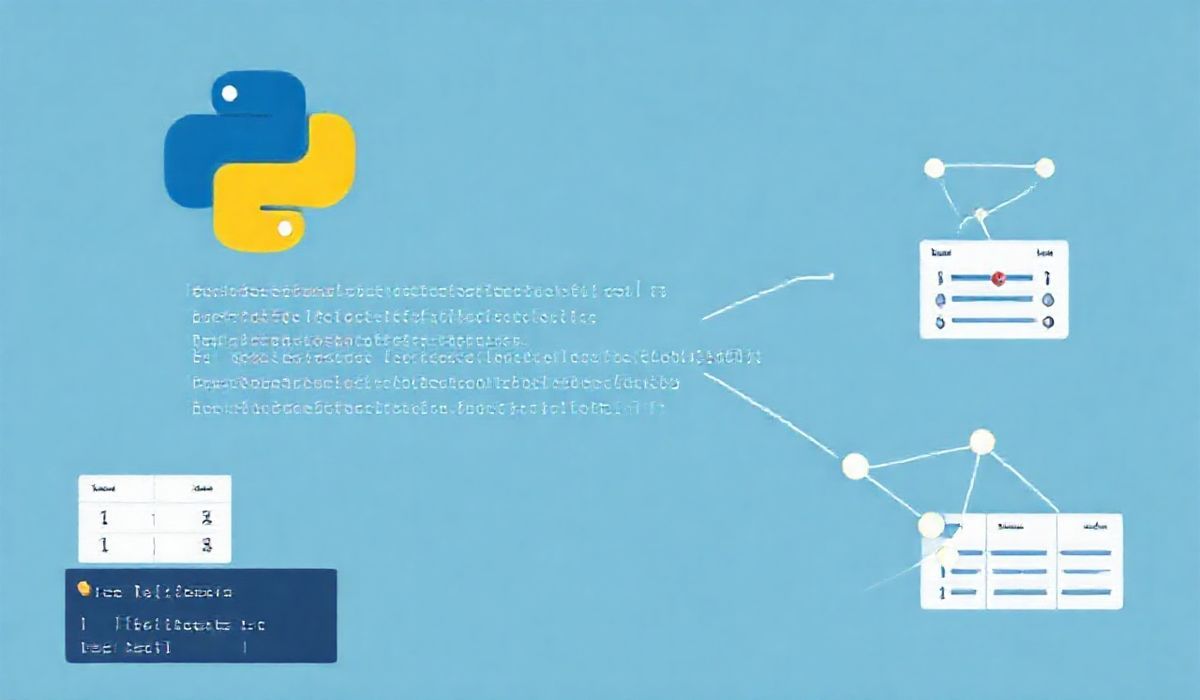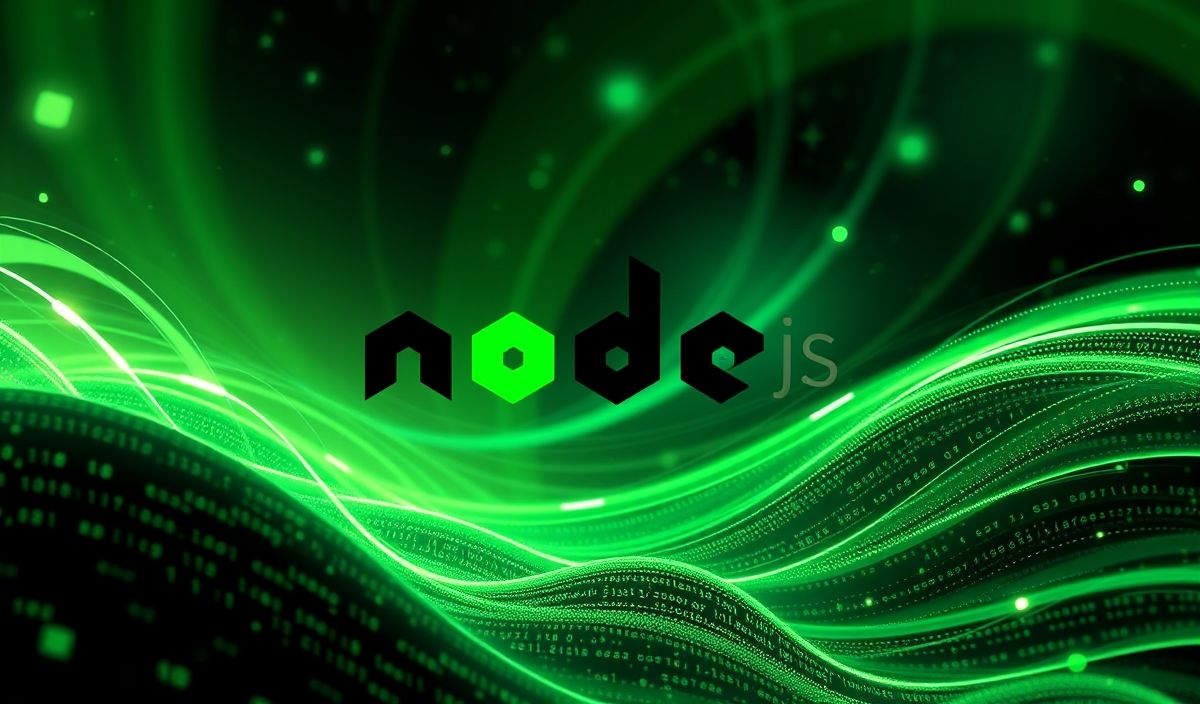Welcome to the Comprehensive Guide to Metro Bundler
Metro Bundler is a highly efficient JavaScript bundler designed primarily for React Native applications. It boasts a fast and reliable bundling system that minimizes bundle sizes and maximizes development efficiency. In this guide, we’ll explore some of the most useful Metro Bundler APIs and demonstrate how to use them through various code snippets and an example app.
Installing Metro Bundler
First, you need to set up Metro Bundler in your project. Here’s how you can install it:
npm install -g metroStarting the Bundler
To start the Metro Bundler server, use the following command:
npx react-native startConfiguring Metro
Metro can be configured using a metro.config.js file. Here is how to set up a basic configuration:
module.exports = {
resolver: {
sourceExts: ['js', 'json', 'ts', 'tsx', 'jsx'],
},
};
Using Middleware
Metro Bundler allows the use of custom middleware to extend or modify its functionality. Here’s an example:
const express = require('express');
module.exports = {
server: {
enhanceMiddleware: (middleware) => {
return (req, res, next) => {
// Custom middleware logic
console.log('Request:', req.url);
return middleware(req, res, next);
};
},
},
};
Custom Transformers
You can define custom transformers to modify how Metro processes files. Here’s a code snippet for a simple custom transformer:
const { transform } = require('metro-react-native-babel-transformer');
function customTransformer({ src, filename, options }) {
if (filename.endsWith('.js') || filename.endsWith('.jsx')) {
src = src.replace(/foo/g, 'bar');
}
return transform({ src, filename, options });
}
module.exports.transform = customTransformer;
Minifying Output
Metro can minify the output bundle for production use. Here’s how you can customize the minification process:
const TerserPlugin = require('terser-webpack-plugin');
module.exports = {
transformer: {
minifierPath: 'metro-minify-terser',
minifierConfig: {
terser: {
compress: {
drop_console: true,
},
},
},
},
};
App Example
Now, let’s walk through a small example app that uses Metro Bundler. Below is a simple React Native application that uses a couple of the introduced APIs:
// App.js
import React from 'react';
import { SafeAreaView, Text } from 'react-native';
const App = () => (
Hello, this is a simple React Native app!
);
export default App;
In this example, we have configured Metro with custom settings, added middleware, and custom transformers. This will help you understand the flexibility and power of Metro Bundler.
Start the app using:
npx react-native run-androidor
npx react-native run-iosFor further customization and configuration options, refer to the official Metro documentation.
Hash: 1f62c141389e1407254f228167eaa99e6df70dafaf77fc688b55c6f59a9886aa




